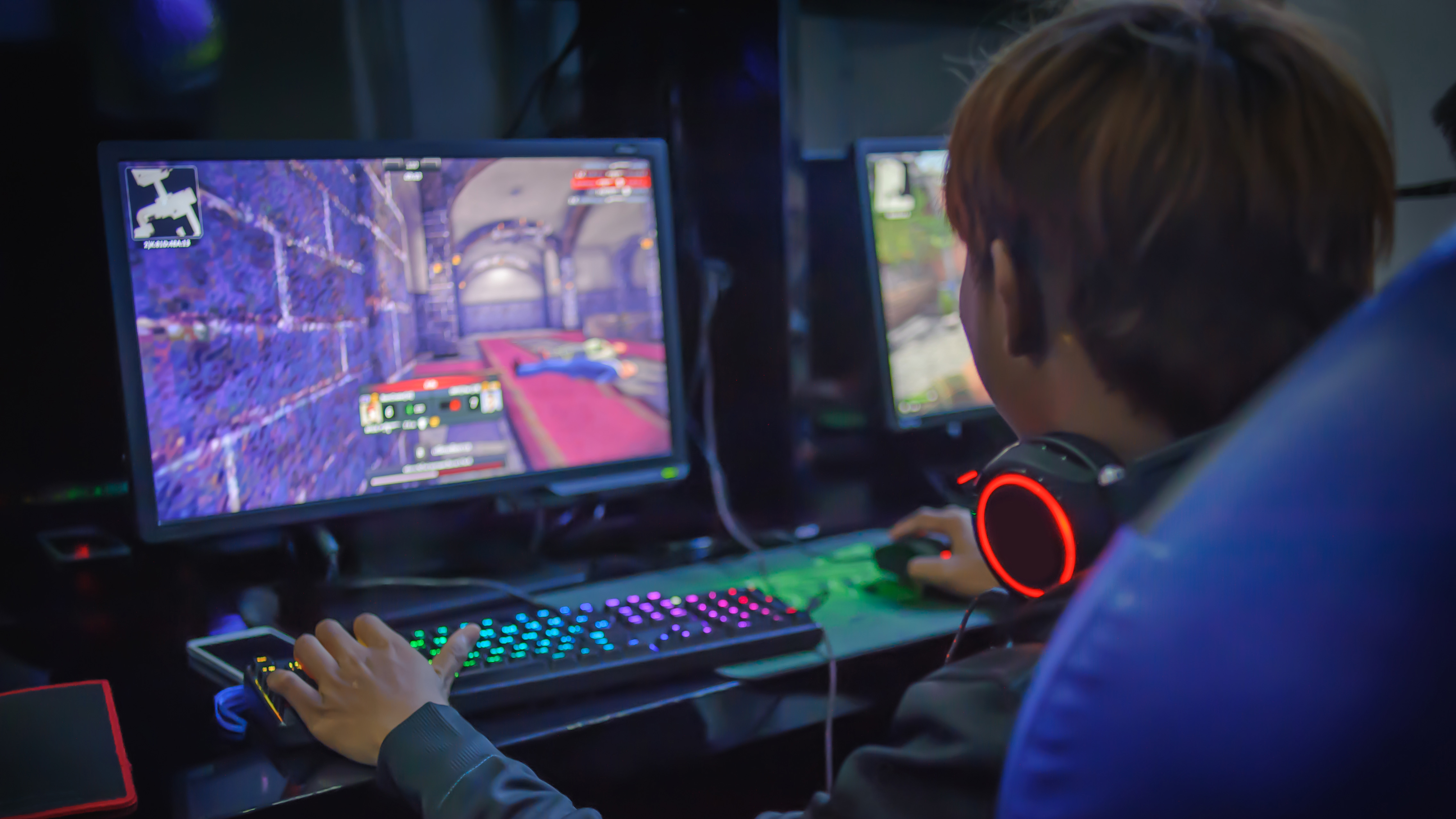Is the future of online events in the metaverse?
Taking advantage of new opportunities.

With Covid shutting down almost every physical event last year, we saw a drastic increase in the importance of connecting virtually. With a number of platforms growing rapidly to meet this demand, such as Hopin and Zoom, virtual events have become more and more sophisticated.
Craig Beddis, Chief Executive Officer & Co-Founder, Hadean.
Though an unusual change, reducing our dependence on physical meetings has been beneficial in a number of ways. From a sustainability perspective, we have removed the environmental cost of flying people round the world. From an economic perspective, businesses avoid racking up large bills on logistics. For all these reasons, virtual events have certainly changed from a temporary placeholder to a permanent feature in our work and social lives.
But just how exactly have online events changed? The answer truly begins in the 1980s, where SciFi writer Neal Stephenson envisaged a future where our virtual representations eventually merged into one consistent experience, with humans acting through avatars in a digitally reimagined version of our universe. Though virtual, this world crucially shares with our real world the quality of persistence. Digitalization in our society has created multiple individual examples of virtual experience, such as online shopping or social networking. But only recently have these instances begun to merge, creating persistent worlds where running errands, working and socializing happen in the same experience - in a universe in parallel to our own.
Historically, creating virtual experiences has been the central focus of the video game industry, where advancement in engines and graphical rendering have helped create some of the most dazzling and richly detailed digital worlds. Naturally, key engines like Unreal are hugely popular in other industries such as design and engineering when creating virtual representations or digital twins. Historically these separate uses of gaming tech have remained isolated, but this is now changing. In recent years, game worlds have become host to much more than games. Fortnite and Roblox saw people use their worlds as social hangouts, which they began to capitalize on with things like virtual concerts. Rap superstar for example, Travis Scott, performed to 12 million as an avatar on Fortnite.
New activities
As these gameworlds evolved to include these new activities, other industries have flocked to join the metaverse. With any place of social interaction, opportunities for marketing and advertising opened up. One game that became particularly popular during Covid was Animal Crossing, where players gather items and build and visit each other’s islands. Companies such as Gucci joined and built their own island, which players could visit to claim a real life reward.
Fashion and art events are becoming increasingly more common in the metaverse, where shows, auctions and artistic projects can be accessed by people globally. While games have adapted to form the metaverse, we are seeing worlds be created exclusively to take advantage of these new opportunities. Decentraland for example, launched publicly in February 2020 and has brands itself on being tailored for metaverse events.
But while virtual events have undoubtedly been expanded and improved through the metaverse, in one way they struggle to match the true scale of the physical events they have replaced. Stadiums of 100,000 people are of course commonplace in our physical world, but in reality this is difficult to replicate digitally. While boasting an audience number of 12 million people, the Travis Scott concert didn’t actually host this number in one single world. In order to complete this computational challenge, attendees inhabit multi-sharded worlds that contain only a couple hundred other people. If online events are to continue to develop and improve, this shortfall must be addressed.
Sign up to the TechRadar Pro newsletter to get all the top news, opinion, features and guidance your business needs to succeed!
Solving this challenge requires computational power as well as a highly sophisticated networking model. Cloud computing offers access to the high compute power that is needed, but a sprawling toolchain and bloated technology stack make distributed simulations a difficult feat. A reimagined underlying infrastructure that simplifies this middleware could allow greater scaling of simulations.
By utilizing multiple machines on the cloud, as events grow in attendance the simulation could scale dynamically across these machines. Thousands of people interacting in a simulation from around the world is also difficult in terms of bandwidth. Determining which actions are relevant to each attendee through a feature like net relevancy can help deliver this as it makes entity interaction much simpler.
In a short space of time, the metaverse has developed rapidly. Gaming platforms hosting social events was merely the beginning, as we are now seeing new platforms emerging to help build it as well as massive companies redirecting their roadmaps towards. Facebook recently joined the fray, with Zuckerberg saying “Creating avatars and digital objects are going to be central to how we express ourselves.” Undoubtedly the metaverse will be the location of future online events, but scaling them to represent the size of physical ones is something we must leverage distributed computing to solve.
- We've featured the best social media management tools.
Craig Beddis, Chief Executive Officer & Co-Founder, Hadean.